Getting Academics Coding in LAMMPS
Unofficial Thoughts on the Good, the Bad, and the Way Forward
AIBN and CTCMS, University of Queensland s.tee@uq.edu.au
26 Apr 2023
About Me

I did (PhD) weird DNA simulations, (2019-2020) weird protein simulations, and (2021-now) weird electrode-electrolyte simulations. Spot the pattern! Find out more at my (very poorly maintained) website.
The People I Work With
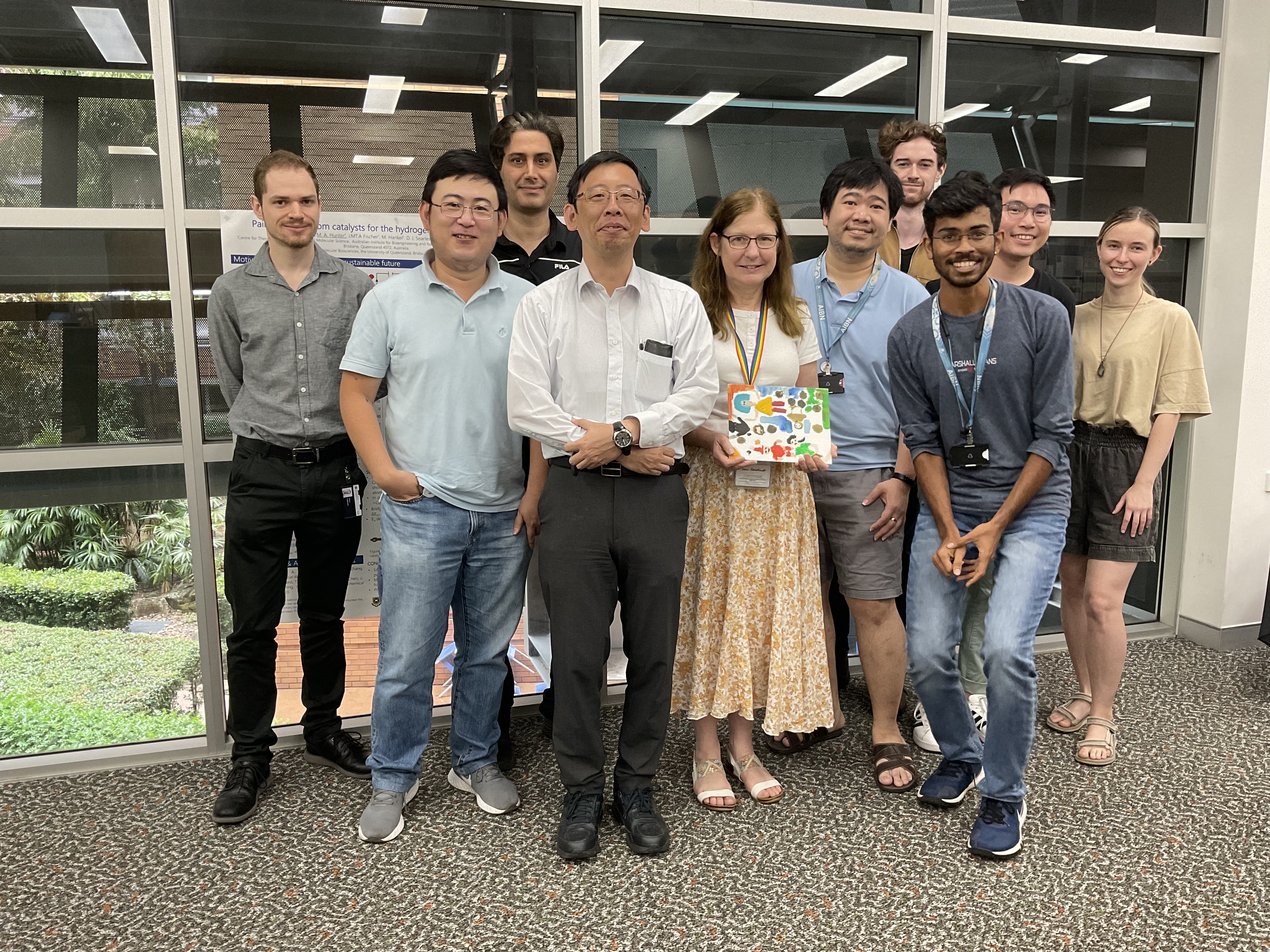
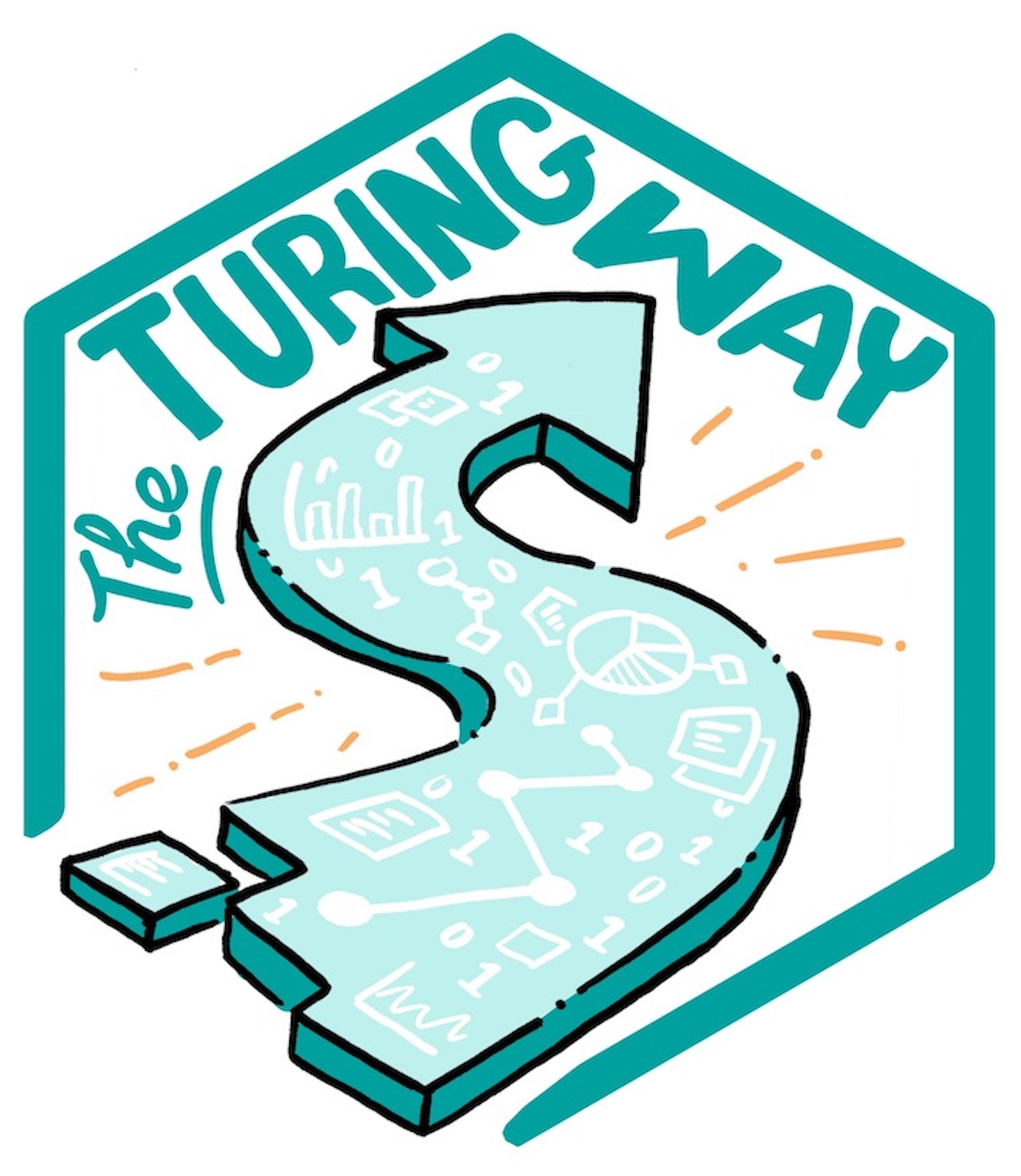

Introduction: LAMMPS as a Community MD Code
Molecular Dynamics Today: Bigger…
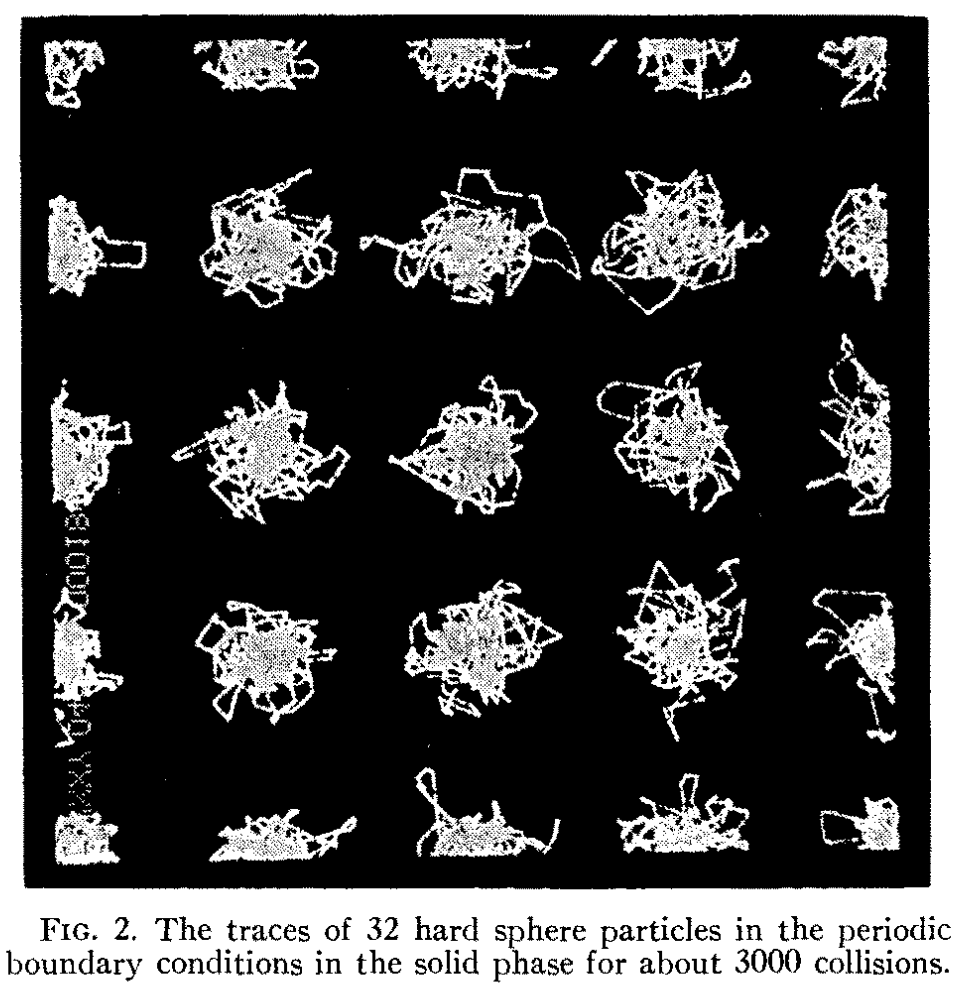
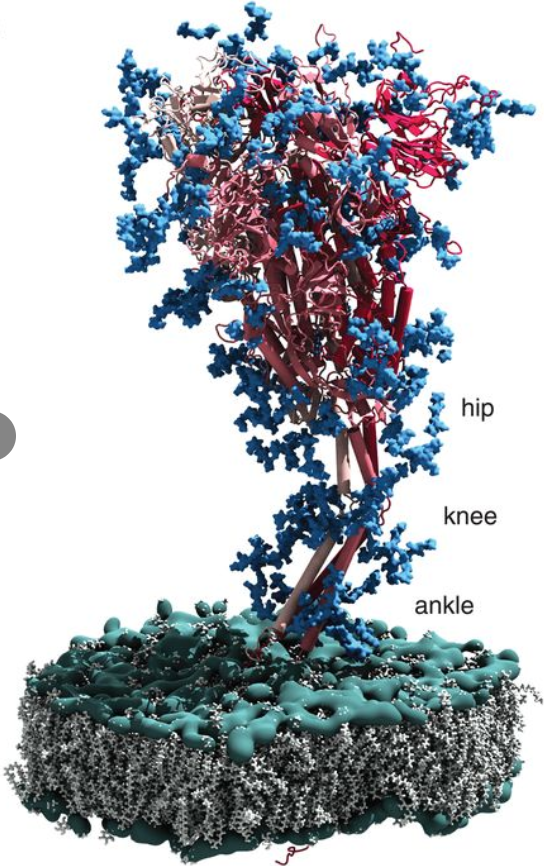
Molecular Dynamics Today: … and weirder
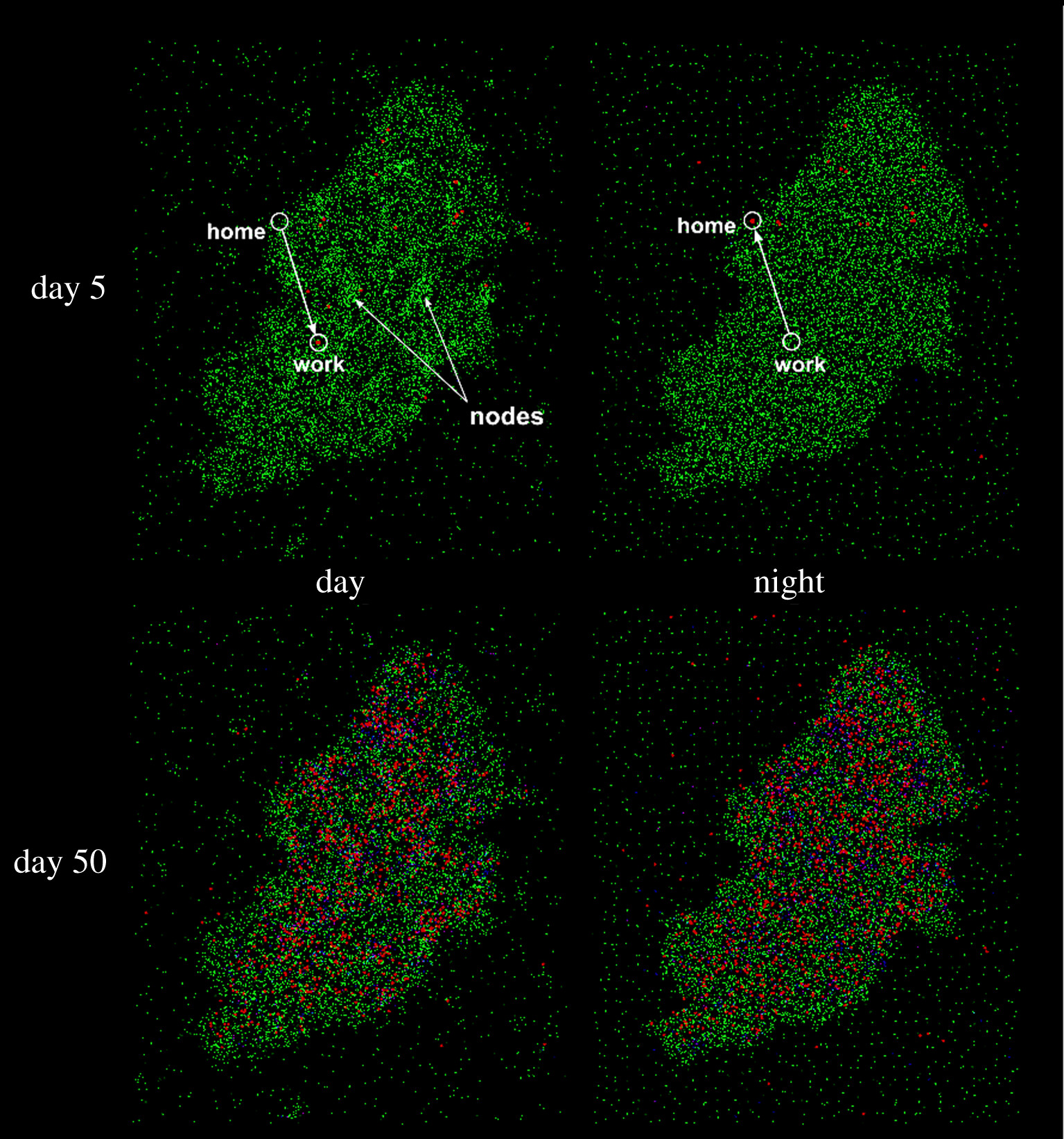
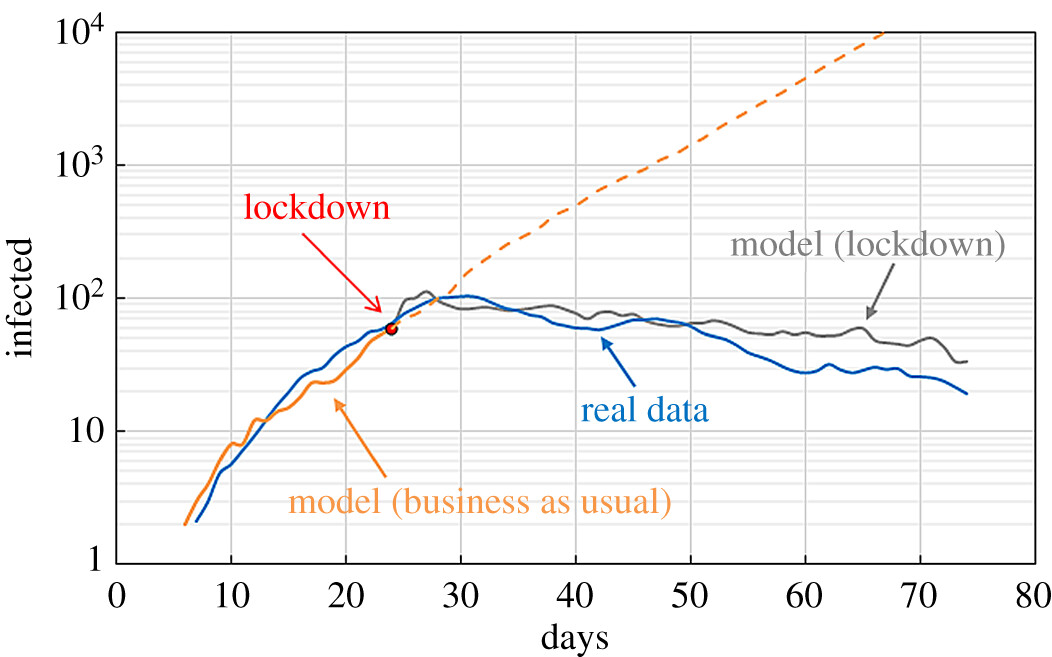
A virtual pandemic with realistic geography and temporal mobility, modelled using molecular dynamics! (Alexiadis et al. 2021)
A Case Study: ELECTRODE for Conductive Molecular Dynamics
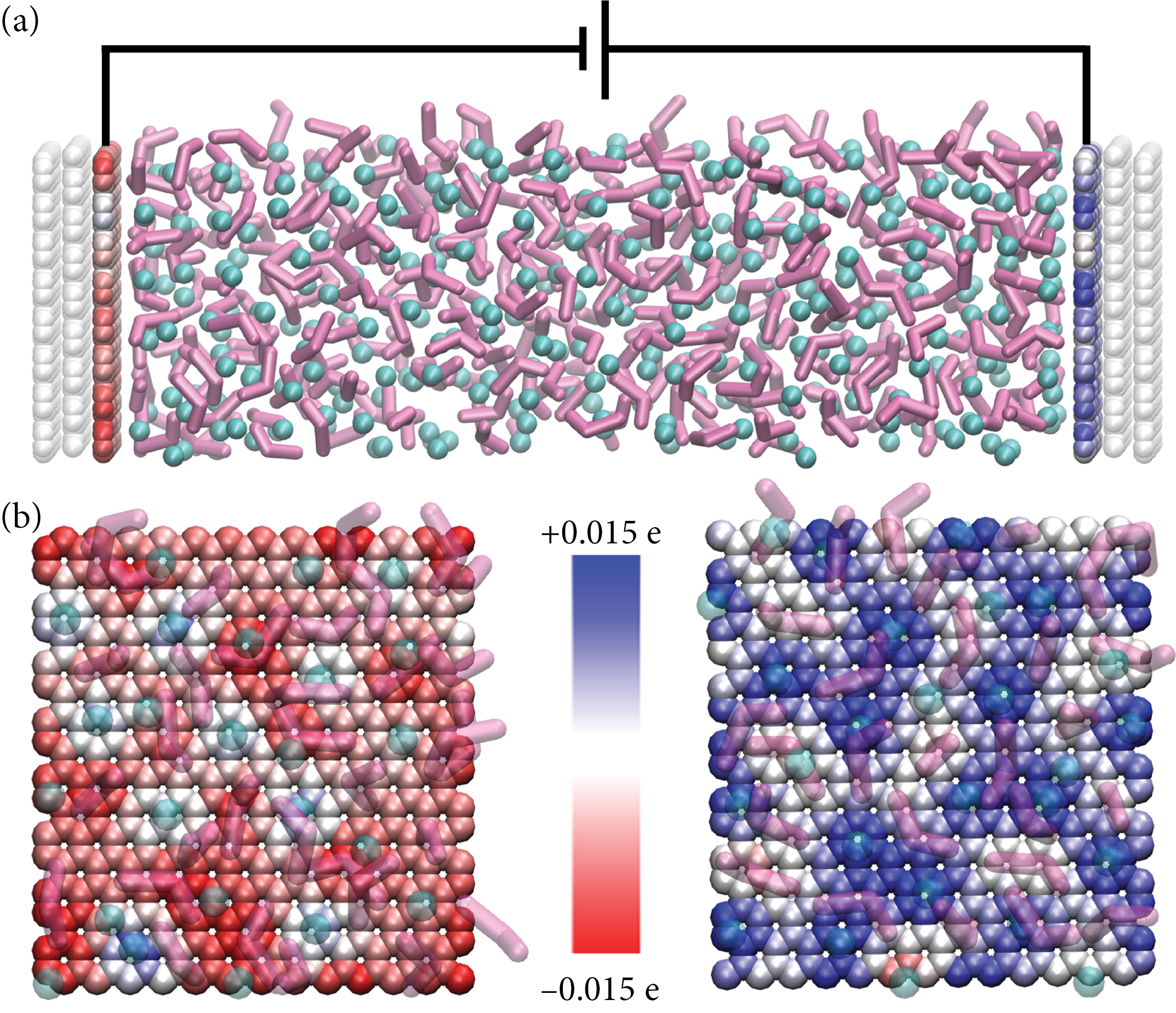
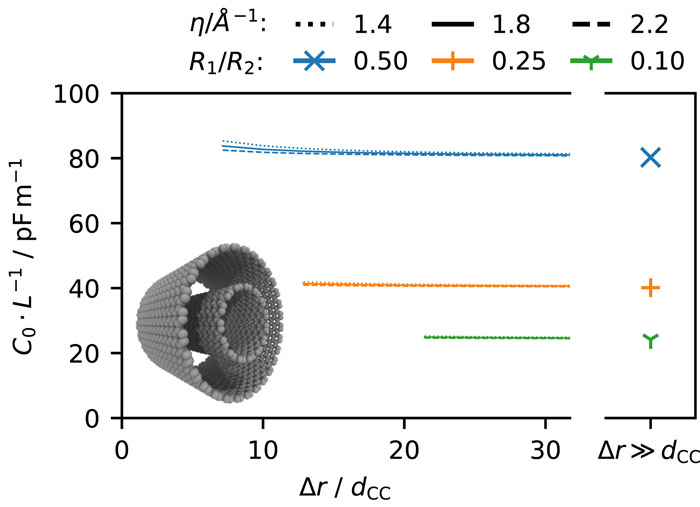
Conductive electrode molecular dynamics is implemented in other packages (GROMACS, OpenMM, MetalWalls, …) but so far only the LAMMPS packages are being widely used outside their developing group!
Method Development Cycle in Molecular Dynamics
- Implementation
- Benchmarking
- Documentation
- Distribution
LAMMPS is a great community code for this cycle!
A Brief LAMMPS History (Thompson et al. 2022)
- Mid-1990s:
- Collab (two US DoE labs and three companies)
- free Fortran code with license agreement
- 10 years … 100 downloads
- 2004:
- C++ GPL code, 50k lines of code
- downloaded more times in first month than in previous ten years
- Today:
- 1 million lines of code, several hundred contributors
- 20-30k downloads per year
Lessons: ASAP and AMAP
Lessons Learned from LAMMPS (Plimpton 2019)
ASAP: Make your code as simple as possible to understand and extend
AMAP: Enable it to be used in as many as possible ways
Licensing: LGPL can be a good compromise
See also: (Plimpton and Gale 2013)
ASAP and AMAP in LAMMPS
- Drop a
.cppand.hintolammps/srcand compile, and you get an add-on! - LAMMPS can be called as a library:
- Interfaces: C-style, Python, SWIG
- Internally-implemented
fix external - Caller can start multiple LAMMPS instances and coordinate messages between them
AMAP: LAMMPS Inputs As Workflows
Other packages: “turn these dials”
LAMMPS: “put these dials on your system and turn them”
(For example, a script won’t run any steps without run and won’t move any atoms without an integrator like fix nvt!)
Resembles “fluent interface” philosophy
in.peptide
# Solvated 5-mer peptide
pair_style lj/charmm/coul/long 8.0 10.0 10.0
bond_style harmonic
angle_style charmm
dihedral_style charmm
improper_style harmonic
kspace_style pppm 0.0001
read_data data.peptide
neighbor 2.0 bin
timestep 2.0
fix 1 all nvt temp 275.0 275.0 100.0 tchain 1
fix 2 all shake 0.0001 10 100 b 4 6 8 10 12 14 18 a 31
dump 1 all atom 10 atom.peptide
run 300ASAP 1: Simple, Clear Coding
LAMMPS uses “C with classes”:
- Very little overloading, templating, STL (slowly increasing)
- Low-level structs and kernels are C-style (e.g. n-dim arrays)
- Detailed comments wherever needed
ASAP 2-4: Straightforward extensibility
What do you think this code does?
fix_jumble.cpp
// ...
int FixJumble::setmask()
{
int mask = 0;
mask |= FixConst::PRE_REVERSE;
// enum'ed in parent class Fix
return mask;
}
void FixJumble::pre_reverse(int, int)
{
double f** = atom->f; // forces
for (int i = 0; i < nlocal; ++i)
{
f[i][0] += rand(); // x-direction
f[i][1] += rand(); // y
f[i][2] += rand(); // z
}
}
// ...ASAP 2: Robust core, clear “sockets”
Timestep loop:
- timestep initialization
fix->initial()- (sometimes) rebuild neighbor list
- or send ghost atoms
- force initialization
fix->pre_force()- compute forces
fix->pre_reverse()- receive ghost forces
fix->post_force()- finalize and output
fix_jumble.cpp
// ...
int FixJumble::setmask()
{
int mask = 0;
mask |= FixConst::PRE_REVERSE;
// enum'ed in parent class Fix
return mask;
}
void FixJumble::pre_reverse(int, int)
{
double f** = atom->f; // forces
for (int i = 0; i < nlocal; ++i)
{
f[i][0] += rand(); // x-direction
f[i][1] += rand(); // y
f[i][2] += rand(); // z
}
}
// ...ASAP 3: Good parenting, easy children
Parent “styles” define interfaces:
pairfor MD potentialscomputefor diagnostics (temperature, pressure)fixfor doing anything
Children styles inherit interface from parents; just override specific parent virtual functions as needed
fix_jumble.cpp
// ...
int FixJumble::setmask()
{
int mask = 0;
mask |= FixConst::PRE_REVERSE;
// enum'ed in parent class Fix
return mask;
}
void FixJumble::pre_reverse(int, int)
{
double f** = atom->f; // forces
for (int i = 0; i < nlocal; ++i)
{
f[i][0] += rand(); // x-direction
f[i][1] += rand(); // y
f[i][2] += rand(); // z
}
}
// ...ASAP 3: Parenting Pointers
Pointers class makes shared data “quasi-static”:
pointers.h
Now anything inheriting Pointers auto-gets references to the necessary data contained in lmp!
fix_jumble.cpp
// ...
int FixJumble::setmask()
{
int mask = 0;
mask |= FixConst::PRE_REVERSE;
// enum'ed in parent class Fix
return mask;
}
void FixJumble::pre_reverse(int, int)
{
double f** = atom->f; // forces
for (int i = 0; i < nlocal; ++i)
{
f[i][0] += rand(); // x-direction
f[i][1] += rand(); // y
f[i][2] += rand(); // z
}
}
// ...ASAP 4: Style Factories
Factory pattern creates a derived FixJumble and returns a Fix pointer to LAMMPS:
modify.cpp
fix_jumble.cpp
// ...
int FixJumble::setmask()
{
int mask = 0;
mask |= FixConst::PRE_REVERSE;
// enum'ed in parent class Fix
return mask;
}
void FixJumble::pre_reverse(int, int)
{
double f** = atom->f; // forces
for (int i = 0; i < nlocal; ++i)
{
f[i][0] += rand(); // x-direction
f[i][1] += rand(); // y
f[i][2] += rand(); // z
}
}
// ...AMAP: Making LAMMPS a Library
LAMMPS_NSnamespace prevents code collisions- Global (static) variables replaced with
Pointerclass MPI_COMM_WORLDreplaced with communicator used to initialize LAMMPS
Challenges and the Future
Successes …
User almost completely modified code on their own, made a suitable test, and was just missing some technical details on atom indexing in LAMMPS:

… and Failures
User had an idea for a complicated compute to be used in evaluating a potential, and was asking basic and strange questions a year after his original post:

Deep Thought: Programming as Theory-Building
Programming isn’t about writing the code; it’s about understanding the problem and expressing that understanding through code. (emphasis added)
… Why does having a theory of the program matter? Because this enables rapid and effective modification of the program to respond to changing requirements without piling up technical debt or hacks. (C J Silverio), (Peter Naur)

Diagram of “neighbor-listing”, a fundamental molecular dynamics operation and a frequent confuser of LAMMPS coders, from (Thompson et al. 2022)
The Future: LAMMPS as a Coding Community?

If LAMMPS is a program and not just code, then its continued survival and growth relies on introducing people to the theory of the program of molecular dynamics in LAMMPS!
This illustration is created by Scriberia with The Turing Way community. Used under a CC-BY 4.0 licence. DOI: 10.5281/zenodo.3332807
Acknowledgements



References

DOI: 10.5281/zenodo.7857573